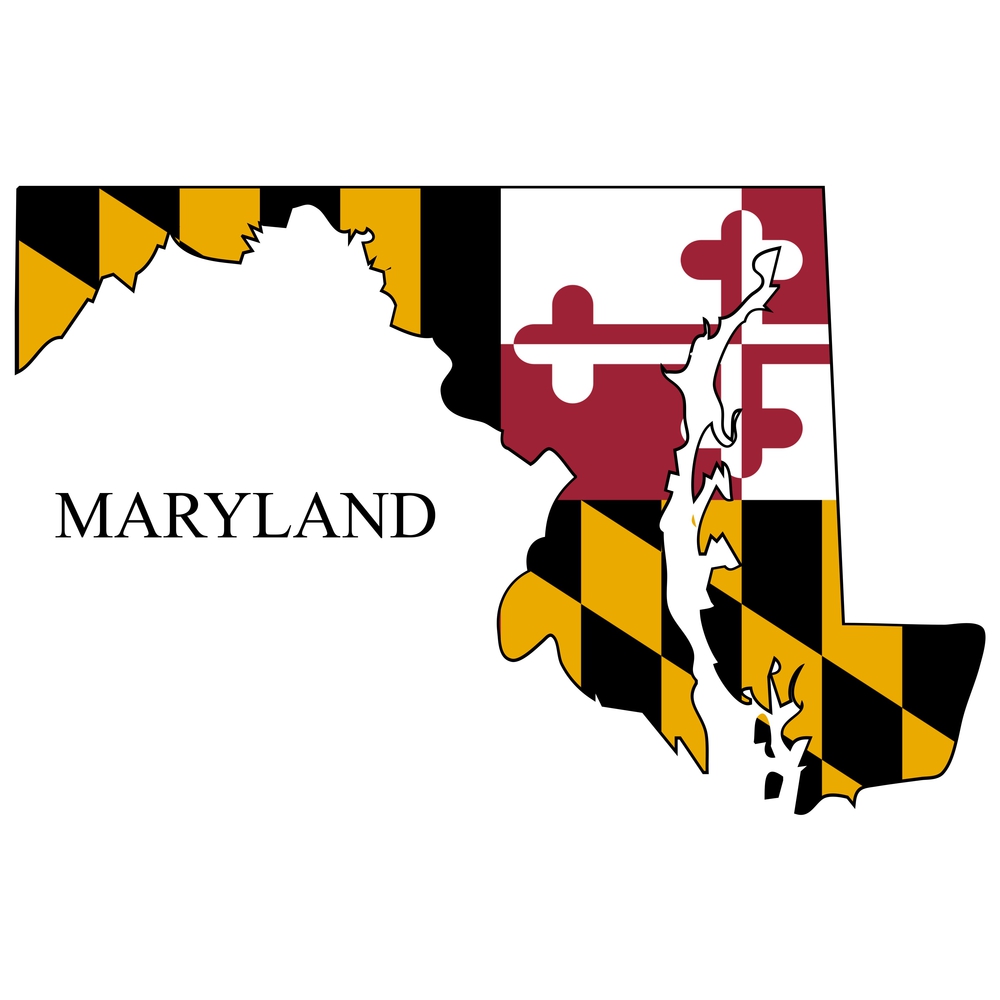 Now that the Coronavirus Aid, Relief, and Economic Security Act (CARES Act) has been around for several weeks, we know what has worked and what has caused confusion and frustration. The most popular aspects of the CARES Act has arguably been the Payroll Protection Program (PPP), which is designed to assist businesses with retaining employees through federally-backed and forgivable loans (provided certain requirements are met), and the Economic Injury Disaster Loans (EIDL) program, which is intended to provide small businesses with similar relief as the PPP. However, on April 16, 2020, the $349 billion that had been allocated to the PPP and the EIDL program ran out, and the Small Business Administration (SBA) immediately stopped accepting applications for both. As such, businesses that did not submit their application prior to the depletion of this CARES Act funding may have missed out on what became a “cash grab.” While there is talk of another round of federal funding, any details pertaining to such talks amount to mere speculation. However, the CARES Act provides other mechanisms that provide more indirect economic relief as opposed to cash injections through the loan programs.
Now that the Coronavirus Aid, Relief, and Economic Security Act (CARES Act) has been around for several weeks, we know what has worked and what has caused confusion and frustration. The most popular aspects of the CARES Act has arguably been the Payroll Protection Program (PPP), which is designed to assist businesses with retaining employees through federally-backed and forgivable loans (provided certain requirements are met), and the Economic Injury Disaster Loans (EIDL) program, which is intended to provide small businesses with similar relief as the PPP. However, on April 16, 2020, the $349 billion that had been allocated to the PPP and the EIDL program ran out, and the Small Business Administration (SBA) immediately stopped accepting applications for both. As such, businesses that did not submit their application prior to the depletion of this CARES Act funding may have missed out on what became a “cash grab.” While there is talk of another round of federal funding, any details pertaining to such talks amount to mere speculation. However, the CARES Act provides other mechanisms that provide more indirect economic relief as opposed to cash injections through the loan programs.
Employee Retention Credit
Specifically, the Employee Retention Credit is a fully refundable tax credit for employers equal to fifty percent (50%) of qualified wages that “eligible employers” pay their employees. “Eligible employers” are businesses and non-profits that carry on a business or trade during calendar year 2020 and that either (1) fully or partially suspend operations during any quarter of 2020 due to a governmental order, or (2) experience a significant decline in gross receipts during such quarter. This credit is only available to eligible businesses and non-profits, self-employed individuals are not eligible for the credit for self-employment services or earnings. This credit applies to qualified wages paid after March 12, 2020 and before January 2021, and the maximum amount of qualified wages taken into account for each employee for all quarters of calendar year 2020 is $10,000 – so the maximum credit for an eligible employer for qualified wages paid to any employee is $5,000.
For purposes of the Employee Retention Credit, “qualified wages” include qualified health plan expenses, and is primarily dependent on the average number of full-time employees employed during 2019. Specifically, for eligible employers with more than 100 full time employees in 2019, qualified wages are wages paid to an employee that is not providing services to such employer due to (1) a full or partial suspension of operations by a governmental order due to COVID-19, or (2) a significant decline in gross receipts. For eligible employers with 100 or fewer employees in 2019, qualified wages are wages paid to any employee during either period described above where the employer experiences an economic hardship.
Employers may begin claiming the credit as early as March 13, 2020. The IRS has instructed all eligible employers to begin claiming the credit on Form 941 for the second quarter of tax year 2020. For qualified wages paid between March 13, 2020 and March 31, 2020, the IRS has released guidance that instructs eligible employers claim the credit on those wages on Form 941 for the second quarter of 2020. The credit cannot be claimed on a Form 941 for the first quarter of 2020.
The Employee Retention Credit is allowed against the employer portion of social security taxes and taxes imposed on railroad employers; and it is treated as an overpayment to the extent the credit exceeds the employer portion of employment taxes due. However, employers that received a PPP loan are not eligible to receive the Employee Retention Credit. For small businesses that claim the credit on its Form 941, and also receive a PPP loan, this credit is recaptured and must be repaid to the IRS.
The CARES Act also permits employers to defer the employer portion of the social security tax on wages that are paid from March 27, 2020 through December 31, 2020, with fifty percent (50%) due on December 31, 2021, and the other fifty percent (50%) due on December 31, 2022. However, this deferral is also unavailable to employers that have received a PPP loan.
Net Operating Loss Carryback
In addition, the CARES Act waives the carryback period for net operating losses (NOLs) arising in a taxable year beginning after December 31, 2017 and before January 1, 2021. Following the Tax Cut and Jobs Act of 2017 (TCJA), NOLs generated in tax years beginning in 2018 and later years were disallowed from being carried back, and could only be carried forward to offset up to eighty percent (80%) of taxable income. Under the CARES Act, NOLs from 2018, 2019 and 2020 can be carried back to the previous five (5) tax years (beginning with the earliest tax year first), and it suspends the aforementioned eighty percent (80%) limitation through the entire 2020 tax year.
As a result of this waiver, taxpayers may take advantage of previously unusable losses to offset taxable income generated in prior tax years. Furthermore, prior to the TCJA, the federal corporate tax rate was as high as 35%. Taxpayers may now carry back losses to offset income generated in higher tax years, rather than carry it forward to tax year 2021, when the federal tax rate is currently set at 21%. Taxpayers desiring to take advantage of this provision will need to consult with their tax advisors, and amend tax returns to potentially generate refunds to assist with their business operating costs.
Montgomery County Public Health Emergency Grant
From a local perspective, Montgomery County, Maryland has released the online application for the Public Health Emergency Grant (PHEG) program. The application may be found here.
Please contact Chris Young at 301-762-5212 with any questions you may have about the CARES Act, the PPP, the Employee Retention Credit, the NOL carryback waiver, or with Montgomery County, Maryland’s PHEG program.
Chris Young is an associate in the Business & Tax practice at Miller, Miller & Canby. He focuses his practice on corporate legal agreements, business formation, tax controversy work and helping clients deal with new tax regulations. View more information about Miller, Miller & Canby's Business & Tax practice by clicking here.







Share this Article: